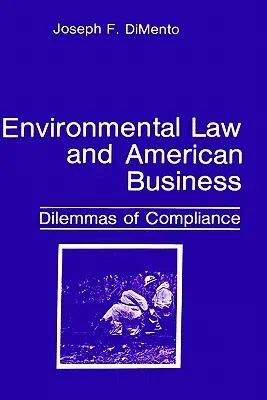Joseph F Dimento
(Author)Environmental Law and American Business: Dilemmas of Compliance (1986)Hardcover - 1986, 31 March 1986

Qty
1
Turbo
Ships in 2 - 3 days
In Stock
Free Delivery
Cash on Delivery
15 Days
Free Returns
Secure Checkout

Part of Series
Environment, Development and Public Policy: Environmental Po
Part of Series
Applied Clinical Psychology
Print Length
228 pages
Language
English
Publisher
Springer
Date Published
31 Mar 1986
ISBN-10
0306421682
ISBN-13
9780306421686
Description
Product Details
Author:
Book Edition:
1986
Book Format:
Hardcover
Country of Origin:
US
Date Published:
31 March 1986
Dimensions:
23.39 x
15.6 x
1.6 cm
Genre:
Ecology
ISBN-10:
0306421682
ISBN-13:
9780306421686
Language:
English
Location:
New York, NY
Pages:
228
Publisher:
Weight:
526.17 gm